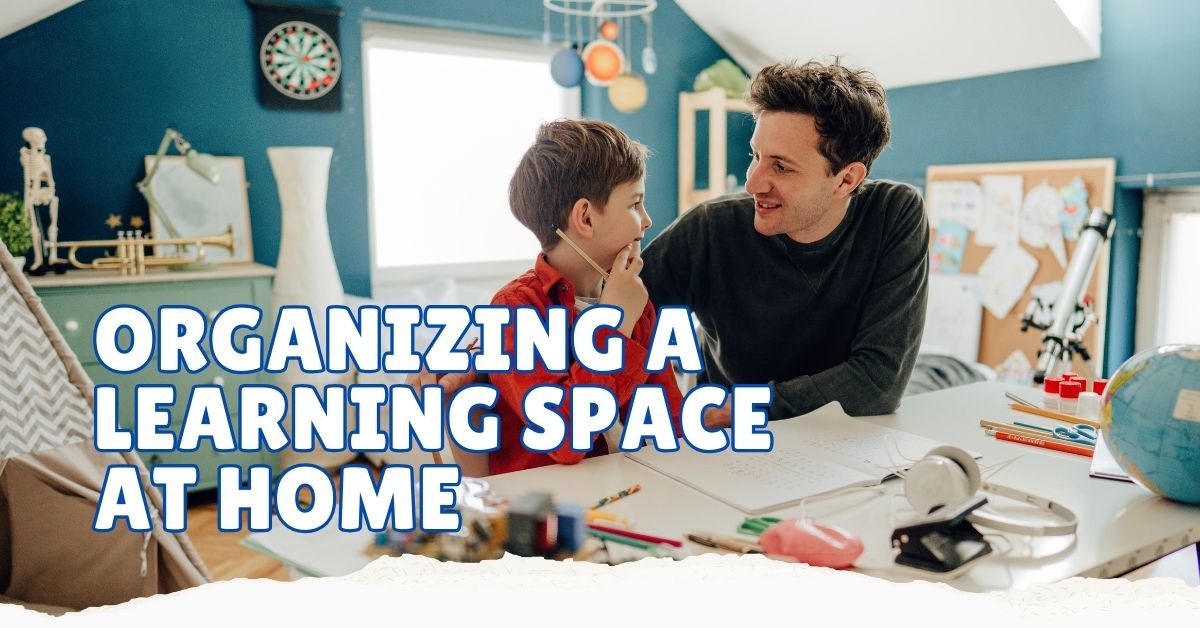In recent years, homeschooling has evolved dramatically, offering more than just traditional learning methods. Homeschooling parents are discovering new ways to engage their children through interactive learning. This includes techniques like simulations and role-playing in the classroom. These methods are changing the landscape of education, making it more engaging and effective than ever before. In […]











